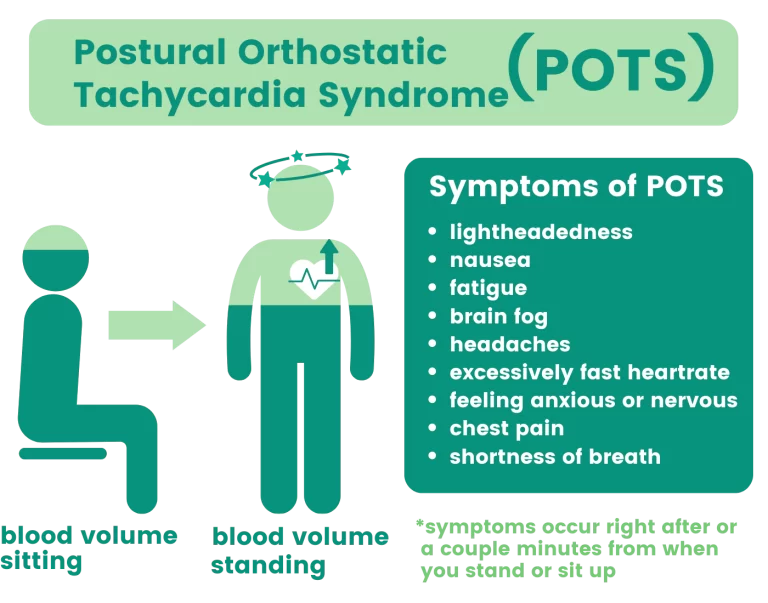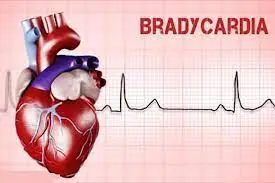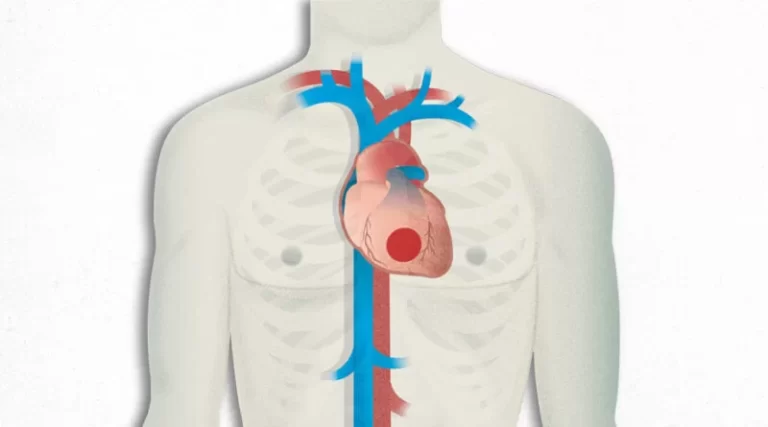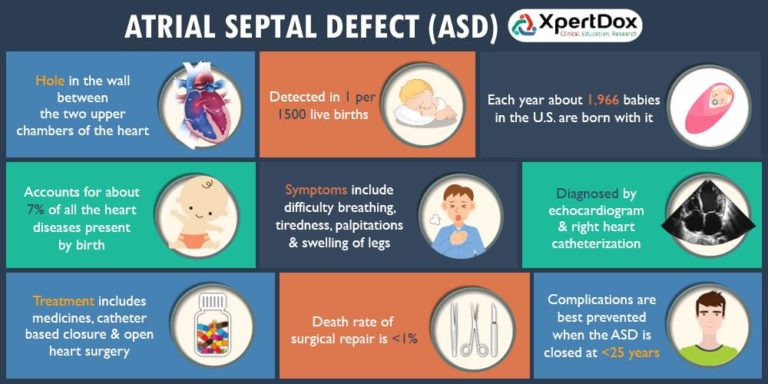Postural Orthostatic Tachycardia Syndrome(POTS)
What is Postural Orthostatic Tachycardia Syndrome(POTS)? Postural Orthostatic Tachycardia Syndrome (POTS) is a condition that causes an abnormally fast heart rate (tachycardia) when you stand up from a sitting or lying position. The increase in heart rate is often accompanied by other symptoms such as dizziness, lightheadedness, fainting, fatigue, and shortness of breath. Postural orthostatic…






